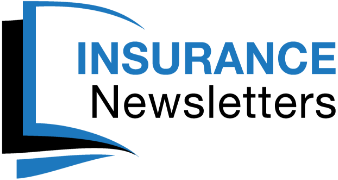Insurance agents new to email marketing are usually surprised when only a portion of their email newsletters are opened. “Hey, these are my clients why aren’t they all reading my messages?” Don’t worry it’s not that they don’t like you, you just need to help them see the value in your communications.
Consider these tips for increasing the likelihood of getting your emails opened:
1. Make it easy to subscribe. Prominently display a newsletter signup form on your agency website. When meeting with clients and prospects ask for permission to send them your email newsletter.
2. Use a known “From” name. Do your clients know you by your name or agency name? Or perhaps you should blend the two like so: John Smith @ ABC Insurance <john@abcinsurance.com>.
3. The subject line is prime real estate. Something like ‘ABC Insurance Monthly Newsletter’ is boring. ‘6 Ways to Lower Your Workers’ Comp Rates’ is likely to be more enticing. Make sure to mix it up often.
4. Avoid SPAMMY words and punctuation. Words like FREE and punctuation like !!! are sure to get your email delivered straight to the junk folder.
5. Use images sparingly. Images can result in your email message taking longer to load. In addition, many users have images turned off anyway.
6. Personalize every email. When capturing email addresses be sure to ask for at least the person’s first name too. This way you can personalize the message with the recipient’s name.
7. Don’t bury your contact info. Make sure your phone number, email address, and website are readily available. Keep in mind that to comply with CAN-SPAM every message must have a physical address shown too.
8. Encourage recipients to add your email to their address list. If they whitelist your email, you’ll never go to junk.
9. Re-consider the attachments. Many people won’t open attachments for fear of getting a virus. And some corporate servers will strip the attachments anyway. If you have to include an attachment consider uploading the file to your web server and then linking to it rather than attaching.
10. Avoid purchased or rented email lists. If you don’t have permission to email these people, it’s SPAM plain and simple.
11. Offer one-click unsubscribing. If someone wants to remove their email from your list, give them an easy way to do so. You’d much rather them unsubscribe, then report your email as SPAM to their ISP.
